With Qualcomm attacking the camera market and Nokia stirring up the public, American scientists have almost made a cyborg.

Qualcomm makes dedicated chips for smart cameras
April is a poor month for news. There is a lull in the market, if new models of mobile devices appear, then ordinary ones, following the loud announcements of the beginning of the year. But a lot of activity is happening, and is happening primarily due to new trends such as the IoT. Apparently, having understood the whole pointlessness of smart refrigerators and filled the market with smart speakers, large manufacturers decided to hit the specific market for smart cameras. Unlike in previous years, when Qualcomm adapted existing mobile chipsets for smartphones for advanced cameras such as VR, it was decided to develop specialized chipsets. Such a smart camera does not need to run games from Google Play and download torrents, which means that you can take all the best for photography and get rid of unnecessary ballast. With this aim, two new Qualcomm QCS603 and 605 chips were developed under the general name Qualcomm Vision Intel ligence Platform.

Technical specifications:
QCS603
- CPU: x4 Qualcomm® Kryo ™ 300 (x2 1.6 GHz, x2 1.7 GHz)
- GPU: Qualcomm® Adreno ™ 615
- DSP: Qualcomm® Hexagon ™ 685 Vector Processor
- Qualcomm® Neural Processing Unit programming interface
- Video recording: 1080p 30 FPs, 720p 60 FPs
QCS605
- CPU: x8 Qualcomm® Kryo ™ 300 (2.5 GHz)
- GPU: Qualcomm® Adreno ™ 615
- DSP: Qualcomm® Hexagon ™ 685 Vector Processor
- Qualcomm® Neural Processing Unit programming interface
- Video recording: 4K 60 FPs, 5.7K 30 FPs.
Both chips are equipped with modern Wi-Fi, USB 3.1 and Bluetooth 5.1 modules and are manufactured at 10nm standards.
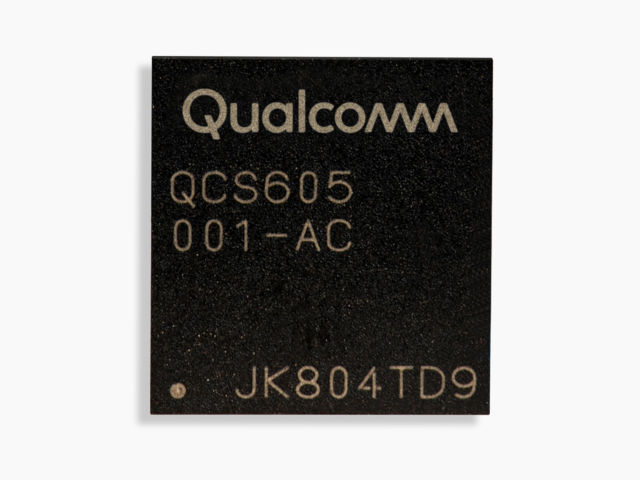
Qualcomm envisions that QCS603-based devices will be used in industrial security, video surveillance systems, road cameras, etc. And the older version QCS605 will go to the consumer sector and will take its place in VR cameras, various gadgets and entertainment systems. A feature and advantage of both chips is the ability to teach them anything, work in almost complete darkness and select the desired objects. This promises high performance at the forefront of computing (no internet connection), roughly equivalent to 2.1 trillion operations per second to output a neural network. Currently, in cooperation with Altek, reference devices have been released on both chips, but we could not find reliable images of them, and we will not speculate on this topic, as even respected tabloids did. The first devices based on the new chips will appear in the second quarter of 2018, then we'll see what the new cameras are capable of.
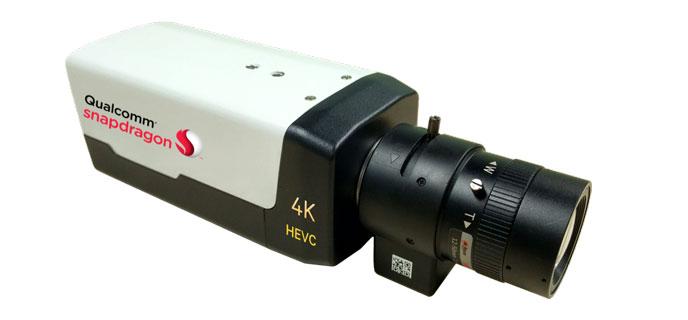
Industrial camera based on Qualcomm Snapdragon model 2015.
Friends, do you like the idea of putting cutting-edge image processing technology into point-and-shoot cameras? Would you buy one for a lower cost than a smartphone with a similar filling?
Micron shows the advantage of its new memory cards
For those who think that any memory card is suitable for continuous video recording, there is an unpleasant surprise. Approximately 98% of consumer memory cards released last year are not suitable for this at all, are not standardized by the relevant organizations and quickly fail (According to the publication Digitimes, in turn, citing information from IHS Markit). With this it was worth starting the news from Micron about the release of new memory cards with a capacity of up to 256 GB, specially designed for video surveillance systems, car recorders and other devices that record reality in continuous mode.
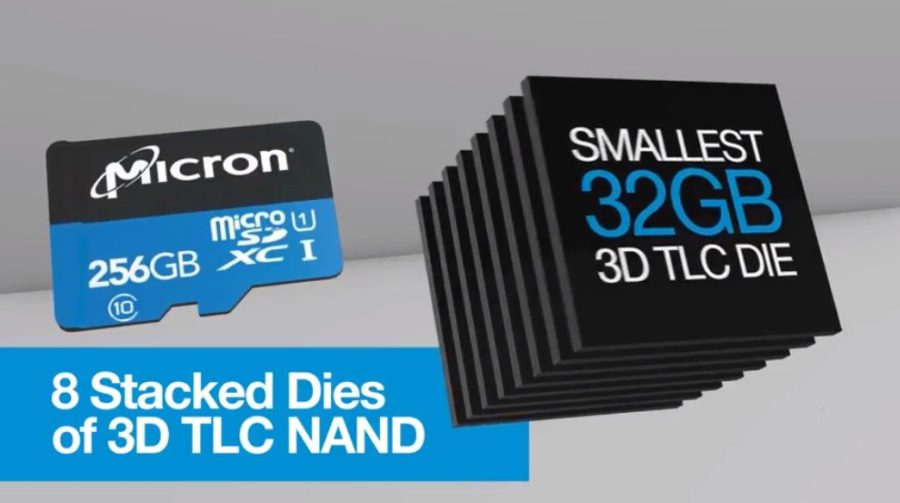
And we can agree with this if we remember how many memory cards died in the agony of each of us. Micron did simple things – they put a more complex memory controller on the memory card and taught it to pack information more densely, and used their own 64-layer 3D TLC NAND memory technology to manufacture the memory cells. If you were an inquisitive person and opened such a 256 GB memory card, you would see inside 8 microscopic modules with a capacity of 32 GB each. The new memory cards are called the Micron Industrial Micro and are good money – for the 128GB microSD version you will have to shell out $ 59, for the 256GB version – $ 119. You won't find them in stores, the only chance is to write a letter to Micron and place an order. What is such suffering for? The 256GB memory card allows continuous recording and storage of video for a period of 1 month, and it takes 2 million hours to fail. The manufacturer indicates that this is a level of reliability that is twice as large as conventional HDDs. Unfortunately, the developer's website does not indicate the quality of the recording (provided that it is stored for a month), but, most likely, we are talking about 720p quality at least. How such a memory card will behave in an ordinary smartphone is still a question, such an experiment would be too expensive.
American scientists from the University of California, Berkeley have developed a new element for the Terminator concept
It would seem that science fiction films are interesting to everyone and carry extremely positive emotions. But ask yourself the question of how ready you are to meet a real cyborg on the street – a creature that can only be called a human being. His modified brain can store all known information, his eyes can see in all ranges of the spectrum, and powerful servomotors in his hands rip through sheet steel like cardboard. What will a man with such power do? How will this affect his worldview, his 'I'? Wouldn't he want to put together an army of his own kind and take over the planet? Until recently, these rhetorical questions seemed something distant, something incredible. But with the latest advances in electronics and medicine, Doomsday is getting closer.
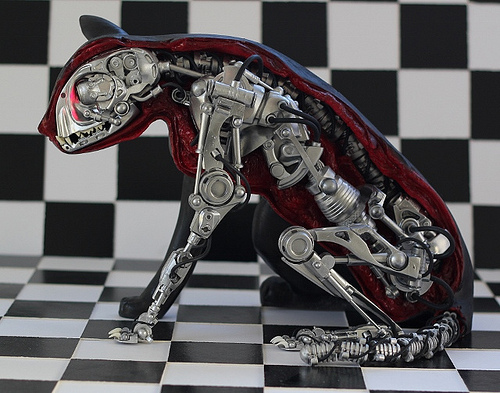
Improving the physical characteristics of a living organism by adding robotic elements is daunting. Phototimepsycle.deviantart.com
The implementation of any complex concept consists of small steps, and its material embodiment is made of bricks, separate parts of the whole. And such a brick was developed by scientists from Berkeley. We are talking about a new smart nerve stimulator, the size of which allows it to be embedded in any part of the body, be it the heart or biceps.
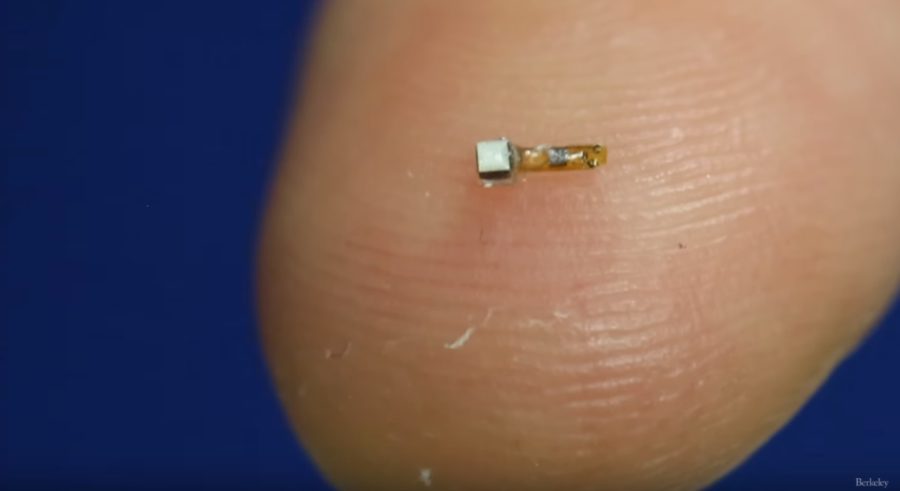
Previously, such implants were placed for a long time, and to control their work, an external output was required, a kind of socket sticking out of the skin. This gave rise to constant risks of rejection of a foreign object and infection of a biotic nature. It is in the field of implant management that the main scientific breakthrough lies. Tiny devices, no more stupid than any smart bracelet, are controlled using ultrasound, with its help, and recharging occurs. The chip is called StimDust and plans to use it to treat heart disease, chronic pain, asthma and even epilepsy …

Berkeley is still inhabited by ordinary people.
But we know how quickly modern technology comes into the military. A scenario of use in situations where everything depends on the speed of muscle reaction immediately arises in the mind. For example, when shooting while running. What do you think about this?
A surprise from Nokia – return of the X series or a hype from scratch?
It would seem how bright and toy-like Nokia X can amaze your imagination in 2018? A rather primitive model was hardly sold at one time. And now, years later, a single poster, seen in China, excited the Internet community. If this is true and such a device is really planned for release, then it remains only to admire the pragmatism of HMD Global, the moment is the most suitable.

When all the market leaders fired back on the news about their new smartphones in the first quarter of 2018, Nokia pulled out a stick of dynamite from its bosom and blew up the information field.
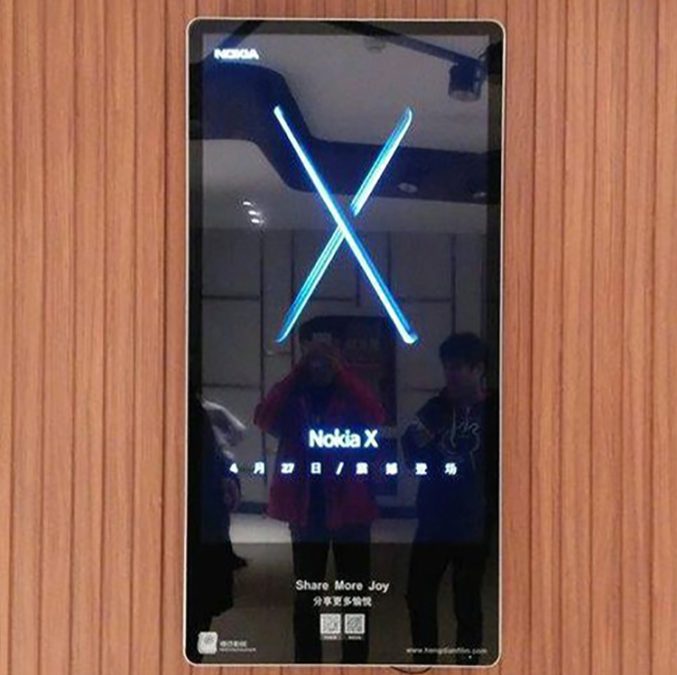
Nokia poster in China
Absolutely nothing is known about the alleged new smartphone. Therefore, I propose to share my thoughts on what place it can take in the lineup. What could he have inside? Will it hit the market anywhere other than China? Did you like the poisonous-bright remnant of the previous generation Nokia X?
